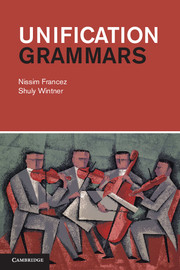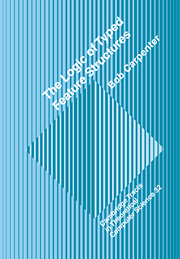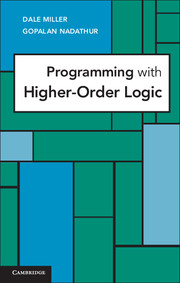Unification Grammars
Grammars of natural languages can be expressed as mathematical objects, similar to computer programs. Such a formal presentation of grammars facilitates mathematical reasoning with grammars (and the languages they denote), as well as computational implementation of grammar processors. This book presents one of the most commonly used grammatical formalisms, Unification Grammars, which underlies contemporary linguistic theories such as Lexical-Functional Grammar (LFG) and Head-driven Phrase Structure Grammar (HPSG). The book provides a robust and rigorous exposition of the formalism that is both mathematically well-founded and linguistically motivated. While the material is presented formally, and much of the text is mathematically oriented, a core chapter of the book addresses linguistic applications and the implementation of several linguistic insights in unification grammars. Dozens of examples and numerous exercises (many with solutions) illustrate key points. Graduate students and researchers in both computer science and linguistics will find this book a valuable resource.
- State-of-the-art mathematical and computational exposition
- Numerous examples and exercises with selected solutions illustrate the text
Reviews & endorsements
'… the book offers a good introduction to unification grammars, which is exceptional in its rigorous mathematical treatment. It may be particularly well suited for use in university courses that not only seek to convey to students some basic knowledge and understanding of unification grammars but moreover attempt to familiarise them with formal descriptions and mathematical proofs.' Mark-Jan Nederhof, Theory and Practice of Logic Programming
Product details
February 2012Adobe eBook Reader
9781139211574
0 pages
0kg
171 exercises
This ISBN is for an eBook version which is distributed on our behalf by a third party.
Table of Contents
- 1. Introduction
- 2. Feature structures
- 3. Unification
- 4. Unification grammars
- 5. Linguistic applications
- 6. Computational aspects of unification grammars
- 7. Conclusion.





